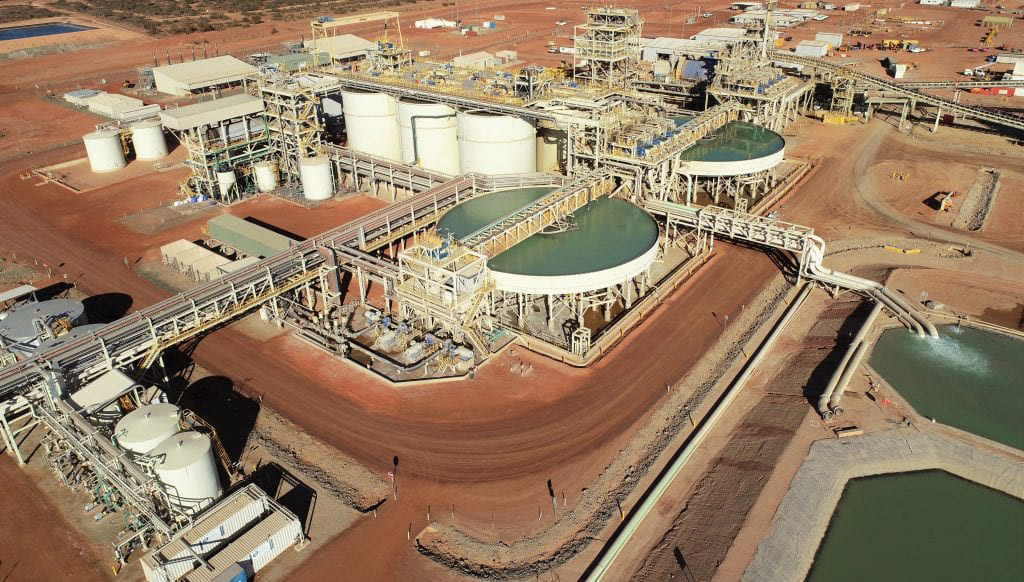All You Wanted to Know About the Gold Supply Chain


The gold supply chain begins with exploration and mining. Exploration activities identify areas with potential gold deposits. Once the miners discover the gold deposits, mining operations commence to extract the gold ore. Mining methods vary and can include open-pit mining, underground mining, or alluvial mining.
After extraction, the gold-bearing ore undergoes processing to extract the gold. Common methods include crushing, grinding, and chemical processes like cyanidation. The result is often a concentrate or doré, a semi-pure alloy of gold and silver.
Miners send the concentrate or doré to a refinery for further purification and the refining processes involve separating gold from impurities, such as other metals and minerals. Common refining methods include smelting, electrolysis, and chemical processes. The final product is high-purity gold.
Once refined, the gold may be cast into bars, minted into coins, or is used to produce other forms of bullion. Bullion refers to physical gold in the form of bars, coins, or rounds, typically containing a high percentage of pure gold.

The refined gold or bullion is then distributed to wholesalers and dealers. These entities act as intermediaries between refineries or mints and the end-users, such as jewelry manufacturers, industrial users, or investors.
Suppliers use a significant portion of the gold supply for jewelry and industrial purposes. As you may know people value gold for its beauty and conductivity, making it a popular choice in various industries, including electronics and medical technology.
Investors also trade gold on financial markets. Investors can buy and sell gold futures contracts or invest in gold exchange-traded funds (ETFs) that track the performance of the gold market. Financial instruments like gold derivatives provide exposure to gold price movements without the need for physical ownership.
Gold is a key material in jewelry manufacturing. Manufacturers alloy gold with other metals to create durable and aesthetically pleasing jewelry items. Jewelry manufacturers source their gold from wholesalers or directly from refineries.
Manufacturers distribute jewelry and gold products for investment to retail outlets. These include jewelry stores, bullion dealers, and banks. Consumers can purchase gold in various forms, such as jewelry, coins, or bars.
The final stage involves end-users acquiring gold products for various purposes. This can include individuals purchasing gold jewelry, collectors buying numismatic coins, or investors adding gold to their portfolios.
Throughout the gold supply chain, there are regulatory frameworks, ethical considerations, and environmental practices that influence the industry. Responsible sourcing and sustainable mining practices are increasingly becoming priorities within the gold supply chain to address environmental and social concerns. If you are a curious on the latest status of the gold, don’t miss out on our weekly gold snapshot report where we analyse all the gold movements to ensure your decision about investing in gold is well informed and that your investments are safe.
Always prioritize security, and if in doubt, seek advice from security experts or professionals in the precious metals industry.
Latest articles
Tool and strategies modern teams need to help their companies grow.
Invite users to stay updated with exclusive insights and market trends by subscribing to the newsletter.
InProved Pte. Ltd. (“InProved”, UEN 201602269C). InProved is regulated by the Ministry of Law (“Minlaw”) and holds a Precious Stones and Precious Metals license for dealing in bullion products (PSPM License PS20190001819). For additional legal and privacy related information related to InProved, please visit are terms and conditions.
Our products and services are only available to Accredited Investors. Investing in bullion involves risk, and there is always the potential of losing money. Certain bullion products are not suitable for all investors. The rate of return on investments can vary widely over time, especially for long-term investments. Past performance is no guarantee of future results. Before investing, consider your investment objectives and any fees and expenses that may be charged by InProved and any third-party stakeholders. The content provided herein is for informational purposes only and is not investment or financial advice, tax or legal advice, an offer, solicitation of an offer, or advice to buy or sell or hold bullion products. This material has not been reviewed by the Minlaw.
Statements made are not facts, including statements regarding trends, market conditions and the experience or expertise of the author or quoted individual(s) are based on current expectations, estimates, opinions and/or beliefs. Opinions expressed by other members on InProved should not be viewed as investment recommendations from InProved. Endorsements were provided at the request of InProved. InProved is not affiliated with and does not purport to own or control any third-party content linked herein.
Copyright © 2025 InProved Pte Ltd (UEN 201616594C, PSPM license PS20190001819)
